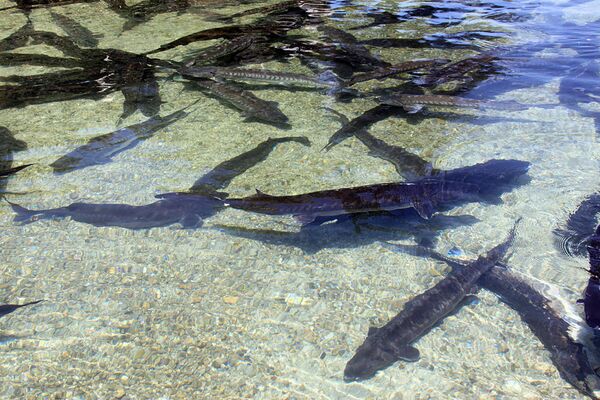MOSCOW, September 15 (RIA Novosti) - One of the oldest living species of fish, the Chinese sturgeon, is at a high risk of extinction as reports reveal no wild sturgeon have reproduced naturally in the Yangtze River last year, The Guardian reported Monday.
“No natural reproduction means that the sturgeons would not expand its population and without protection, they might risk extinction,” Wei Qiwei, a researcher from the Chinese Academy of Fishery Sciences was quoted as saying by the newspaper.
Researchers who have been recording levels of the species for 32 years revealed a lack of natural reproduction among its wild population. Researchers also reported that they found no eggs from the fish or young sturgeons swimming in the Yangtze toward the sea in August when they usually do so.
Researchers blame their startling discovery on rising pollution in the Yangtze River in addition to the numerous dams built along the 6,300 kilometer-long river (3,915 miles) by Chinese authorities. The country’s economic boom has also increased boat traffic along the river injuring and killing fish from ship propellers or fishermen’s nets.
Qiwei claimed some 100 sturgeon remain in the wild compared with several thousand in the 1980s.
The sturgeon, thought to have existed for over 140 million years, has been ranked as “critically endangered” on the International Union for the Conservation of Nature’s “red list” of threatened species, only one level ahead of “extinct in the wild.”
Animal populations in many of China’s ecosystems have significantly decreased as a result of the country’s development and urbanization including the Yangtze River dolphin and the Chinese alligator, according to the World Wildlife Fund (WWF).


